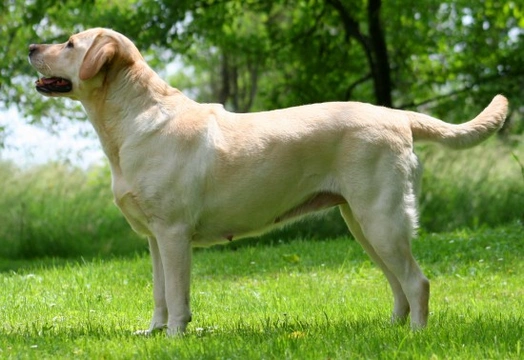
The role of breed clubs in the improvement of pedigree dog breeds
Virtually every breed of dog that is recognised within the UK, plus many that are trying to gain recognition too, have their own breed club, or in the case of some breeds, more than one breed club. These clubs are independent from (although often affiliated with) The Kennel Club, the UK’s umbrella organisation for all pedigree dog breeds. A breed club is usually headed up and organised by high level breeders, breed experts and owners of dogs of the breed in question, and they form both a registry of dogs of the breed itself, and a membership organisation for owners and enthusiasts of the breed.
Bringing breed enthusiasts together under one organisation can help to connect owners of the breed, provide a useful database of breeders, and help with collating information on breed health and health issues as well. Breed clubs have an important role to play in terms of advocating for their breed, and can also help to steer and instigate positive changes across the breed too, when it comes to welfare standards, responsible breeding, and canine health.
While every breed club is structured slightly differently and will have different general goals, breed clubs as a whole have a vital part to play when it comes to improving the standard of their breeds as a whole, and we will look at this in more detail within this article.
What is meant by “improvement?”
When referring to “improvement” in terms of pedigree dogs, breed clubs have a lot of influence in terms of setting and maintaining the breed’s standards. However, what exactly is meant by the term improvement is something that is not widely understood among dog owners as a whole.
For pedigree breeds, improvement is the term used to refer to the breed as a whole, and all of the dogs within it rather than one particular dog or breed line. Improvement is tasked with raising the standard of dogs of the breed as a whole, in terms of their conformation to the set breed standards, and their general health and wellness too. Improvement may involve the change or updating of the breed standards on occasion, in order to minimise hereditary health defects that can accompany certain breed traits, and to raise the wellness and lower the incidence rate of hereditary defects and genetic problems.
What does a good breed club do?
If you are interested in joining a breed club for a specific breed, you may find yourself with two or more to choose from. Even if there is only one breed club active in the UK for your own dog breed, you should assess their goals and working practices carefully before you add your name to their membership list, which forms as a type of endorsement of their work and what they do for the breed of dog that you own.
Every breed club runs differently and has different aims, but across the board, all good breed clubs have a few things in common:
- The club should be run by a committee made up of a diverse range of people involved in the breed.
- The priority of the committee should be the health and welfare of dogs of the breed above all other factors, and the club should promote ethical and responsible breeding.
- The club should follow The Kennel Club’s general code of ethics, and also have their own breed-specific code of ethics in place as well, as well as having a protocol to follow if these rules are broken.
- The club should appoint a health sub-committee to deal with matters such as the hereditary health and wellness of the breed, the statistical health of the breed, and the future health issues that the breed might face. This committee should draw up a health strategy for the breed, in liaison with The Kennel Club.
- A health fund should be established, in order to fund research and testing into breed-specific health conditions.
- Clear guidelines should be in place in terms of the breed’s standards regarding overtyping and ultratyping, and the genetic diversity of the breed pool as a whole. This may include refusing registration to dogs with exaggerations, setting limits on when and how often any given dog may be bred from, and organising health schemes and data collation on hereditary health issues.
- The breed standards should support The Kennel Club’s objectives in terms of breed health improvement, and encourage breeders to take part in voluntary health testing of their parent dogs.
- An open breed registry should be maintained, publishing data about the breed’s health and testing programmes undertaken for individual dogs.
- The club should be open to new members, and remain accountable to the members, with committee elections and the minutes of all meetings made available to the membership.
- Breeders, owners of show dogs and owners of pet dogs of the breed should all be eligible for full membership of the club.
- The club should seek to promote responsible dog ownership and breeding, and be clear and transparent about the downsides of their breed as well as the plus points.
- The club should collate its own data on breed health and problems, and share this information when necessary with other organisations working on breed health and canine health conditions.
- Breeders that are members of the club should be expected to conform to the club’s standards, including taking part in health screening and health testing, and dealing with any problems that may arise after the sale of one of their dogs in a satisfactory manner.



